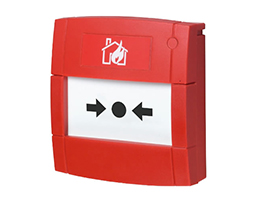An addressable fire alarm system is made up of a series of fire detectors and devices that are connected back to a central control panel.
With addressable systems, each device has an address or location, enabling the exact detector that was triggered to be quickly identified. This makes the addressable alarm systems ideal for large buildings, particularly commercial premises spread over a wide area.
One of the biggest advantages of addressable fire alarm systems is that they can be configured so that a specific action triggers a specific response.





